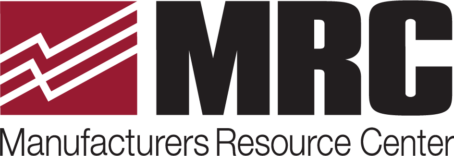East Penn is a leading manufacturer of high-quality lead batteries and accessories for the automotive, commercial, marine, motive power, UPS, and telecommunication markets. The company’s quality and environmental systems for its entire 520-acre complex have been certified to ISO 9001:2015, ISO/TS 16949:2016, and ISO 14001:2015 requirements. East Penn has a passion to empower employees, communities, the purpose of the products, and the environment.

MRC’s Maintenance Assessment enables East Penn Manufacturing to improve understanding of maintenance current state and anticipate future needs.
“MRC’s Maintenance Assessment connected the dots in a way that just made sense. They know us, and they know our business.”
– Ron Miksiewicz, Senior Vice President of Manufacturing Support Services
Berks County-based battery manufacturer East Penn Manufacturing sought to better understand its position relative to the broader marketplace in terms of staffing levels and other metrics for necessary maintenance services. The company hoped to establish benchmarks for key maintenance tasks, confirming the presence of sufficient onsite staff to cover critical issues.
Solution
Over their nearly 15-year relationship with MRC, East Penn Manufacturing has engaged MRC to conduct a number of programs including Six Sigma, Lean Manufacturing, and Maintenance Supervisor training and have formed a strong partnership that effectively drives improved efficiency and productivity. Following a discussion with the instructor leading MRC’s Maintenance Master program, East Penn determined that the Maintenance Assessment would enable them to establish the benchmarks for those key tasks to ensure staff coverage when needed.
“MRC’s Maintenance Assessment was the perfect fit,” says East Penn’s Senior VP of Manufacturing Support Services, Ron Miksiewicz. The analysis took place over several days and included observation of multiple shifts at East Penn’s manufacturing campus, benchmarking communications, preventive and predictive maintenance efforts, organizational aptitude & effectiveness, and more. “The assessment wasn’t limited to the management team,” Miksiewicz adds. “The vast majority of time was spent on the shop floor with the maintenance employees to assure a complete understanding of their function and the nuances between facilities.”
A key part of the assessment was to confirm consistent, best practices between facilities. As each facility has its own maintenance forepersons, an objective assessment would be critical. Moreover, as maintenance becomes more automated, the assessment will enable East Penn to better understand the procedures and staffing needed to execute what cannot be automated.
“We received a score for each of our facilities, along with a comparison to the numerous other manufacturing plants the assessor has worked with,” Miksiewicz says. “We felt the assessment of the things we did well—and things we need to improve—were very informative and will help us to anticipate future maintenance improvements and staffing needs moving forward.”
Results
• Developed a structure and process for measuring, reviewing, and reporting improvement plan progress. The plan will commence with Preventative Maintenance Optimization Training to help manufacturing, maintenance and engineering teams understand their role in developing maintenance excellence and provide measurable improvements. These will sustain continuous improvement while improving safety, productivity, quality, ownership, and increasing equipment knowledge.
• Reduced time spent on non-value-added tasks by 25% and increased focus on preventive maintenance.

To learn more about East Penn Manufacturing, visit their website at https://www.eastpennmanufacturing.com
